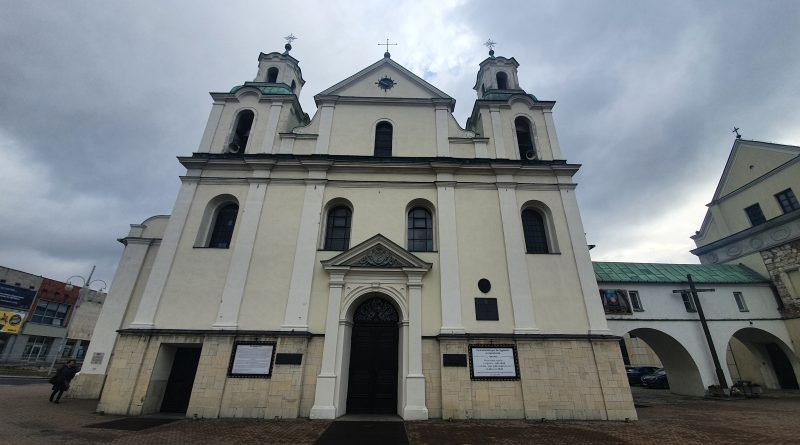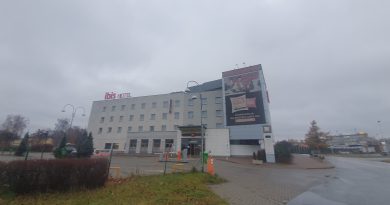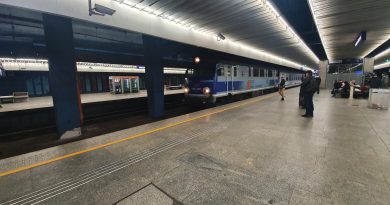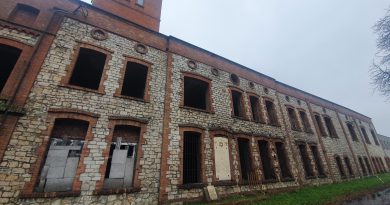Częstochowa – Various Photos of the City
Just some random photos of Częstochowa…….
St. Sigismund Church, the oldest in the city, first constructed in the middle of the fourteenth century. It was knocked about over the centuries during conflicts, before being used by the Germans as a military warehouse during the Second World War, after which it needed substantial repairs. Until 1825, there was a cemetery located at the front of the church, but it was knocked down to allow for the building of Aleja Najświętszej Maryi Panny w Częstochowie.
The Cathedral Basilica, which dates from the early twentieth century when the city was growing in population size and needed a cathedral of this size. Located on the site of a cemetery, work wasn’t completed until just before the outbreak of the Second World War and the new towers were only added in 1997.
It’s clear to see here how the railway dominates the heart of the city and also divides it in two.
There’s a walk by the Warta River, the country’s second longest river, with only the Vistula being longer. The area to the left in this photo was the Jewish ghetto during the Second World War, but I’m not that very much of that survives.
I liked the clock in the city’s main shopping centre.
These photos are all a bit bleak, but there are many buildings in this state in the city centre. The city has been depopulating over recent decades and it’s not the industrial powerhouse that it once was. It’s often possible to judge a city’s fortunes by looking at how many cranes there are building and renovating properties, but it’s fair to say that there aren’t many in Częstochowa. The local council themselves admit that the city has significant economic challenges, but there have been a number of ongoing infrastructure improvements, some of which have been funded by the European Union. There are new roads being built in the area and there’s also a relatively modern tram system, with some areas being defined as Special Economic Zones to encourage investment.
The city does have a large number of tourists, but these seem to nearly all be going to Jasna Góra which presents its own benefits and challenges. Museums in the city seem to be closed at the moment, or just badly advertised, and there’s not much else aimed at tourists which is a situation that isn’t helping the local economy.


















